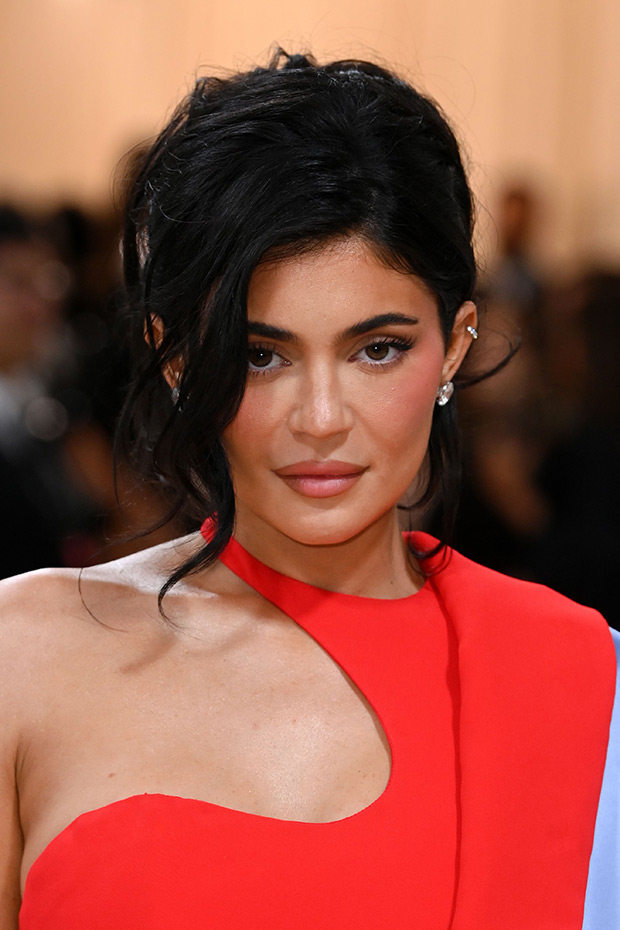Has the quest for an unattainable ideal of beauty inadvertently led to a distortion of features, leaving many questioning the very essence of what constitutes attractiveness? The pillowface phenomenon, a consequence of excessive cosmetic enhancements, has become a stark reminder of the potential pitfalls of pursuing perfection through artificial means.
The allure of cosmetic enhancements, once a niche practice, has blossomed into a multi-billion dollar industry. This surge in popularity, fueled by social media and celebrity influence, has normalized procedures like fillers and Botox, promising a path to eternal youth and beauty. However, the pendulum has swung, and the subtle art of enhancement has sometimes morphed into an exaggerated caricature. The once-desired result of natural-looking improvements has, for some, yielded a puffy, unnatural appearance, ironically undermining the very goal of enhancing one's appearance. The face, once a canvas of expression, now struggles to convey the nuances of emotion, trapped in a mask of artificial plumpness.
Let's delve into the specifics surrounding one of the most discussed cases, Kylie Jenner, and the trends associated with the pillowface phenomenon.
| Category | Details |
|---|---|
| Full Name | Kylie Kristen Jenner |
| Date of Birth | August 10, 1997 |
| Place of Birth | Los Angeles, California, USA |
| Nationality | American |
| Education | Sierra Canyon School (High School Diploma) |
| Relationship Status | In a relationship with Timothée Chalamet |
| Children | Two children with Travis Scott |
| Occupation | Businesswoman, Media Personality, Socialite, Model |
| Known For | Founder and owner of Kylie Cosmetics, Keeping Up with the Kardashians |
| Net Worth (Approx.) | $680 Million (as of 2024) |
| Website | Kylie Cosmetics Official Website |
Kylie Jenner's journey, meticulously documented by the media and scrutinized by the public, offers a compelling case study. At a young age, Jenner entered the public eye, and her evolving appearance became a subject of intense fascination. Her initial ventures into cosmetic enhancements, particularly the augmentation of her lips, sparked a global trend. The Kylie Jenner lip challenge, where individuals attempted to replicate her fuller pout, testified to the enormous cultural impact of her transformation. However, as time passed, observations arose about the potential overdoing of procedures. The effects of filler and other procedures were evident to some, causing a pillowface appearance.
The term pillowface, which describes the puffy, inflated look resulting from excessive filler use, is a recent addition to the lexicon of beauty. It’s a sign of a culture fixated on a particular beauty, one that may not always reflect reality. This phenomenon is not limited to Jenner. It's a trend that is becoming widely apparent, but Jenner’s high profile has brought the issue to the forefront of public conversation.
The consequences extend beyond aesthetics. Excessive use of fillers can lead to complications, including migration of the filler, infections, and even vascular compromise. The pursuit of an increasingly unrealistic ideal can also have significant psychological effects. Body dysmorphia, anxiety, and depression are all potential risks, as individuals become fixated on perceived flaws and engage in a cycle of treatments that may ultimately exacerbate their insecurities.
The proliferation of cosmetic procedures is largely facilitated by social media. Platforms like Instagram and TikTok are saturated with images of seemingly flawless individuals, often promoting unrealistic beauty standards. Filters and editing tools further blur the lines between reality and aspiration, making it challenging for individuals to distinguish between genuine beauty and digital manipulation. This constant bombardment of idealized images can create immense pressure to conform, particularly among younger audiences.
It's crucial to understand that the pressure to pursue these treatments often stems from a complex interplay of factors, including societal expectations, the influence of celebrity culture, and the desire for self-improvement. The beauty industry, fueled by advertising and marketing, profits from these insecurities, perpetuating a cycle of consumption and self-doubt. The quest for beauty, in this context, has become a commodity, with individuals encouraged to see their bodies as projects to be constantly improved upon.
While cosmetic enhancements can undoubtedly have a positive impact on self-esteem, it is essential to approach these procedures with caution and informed awareness. Consultation with qualified medical professionals is paramount, and realistic expectations are crucial. The decision to undergo any procedure should be made with a clear understanding of the potential risks and benefits, as well as a critical assessment of the underlying motivations. A healthy sense of self-acceptance, independent of external validation, is perhaps the most effective defense against the pressures of an image-obsessed society.
The narrative surrounding Kylie Jenner’s transformation serves as a cautionary tale. While Jenner's success and impact on popular culture are undeniable, her experiences highlight the complex relationship between beauty, self-image, and the societal forces that shape our perceptions. It is a reminder that true beauty resides not in the pursuit of an artificial ideal, but in embracing authenticity, self-acceptance, and genuine well-being.
The prevalence of pillowface and similar trends underscores the need for a more nuanced and critical approach to beauty standards. By fostering open conversations about the potential downsides of cosmetic procedures, promoting body positivity, and challenging unrealistic ideals, we can collectively work towards a healthier and more empowering understanding of beauty.

